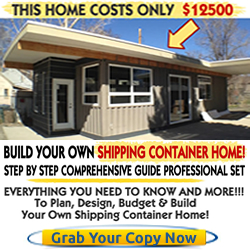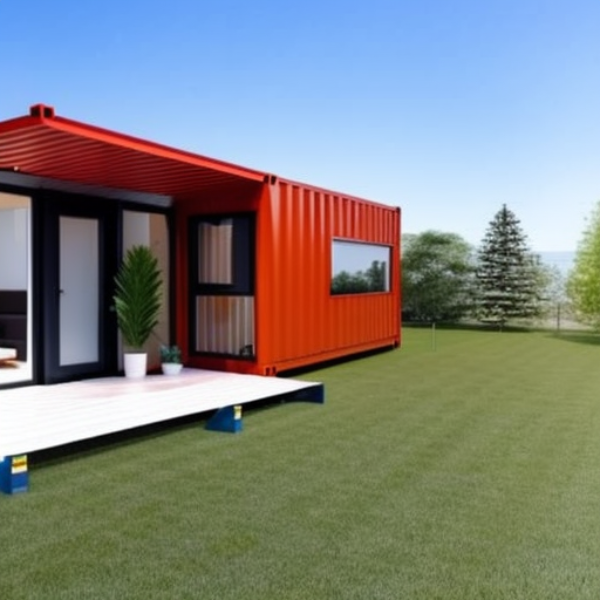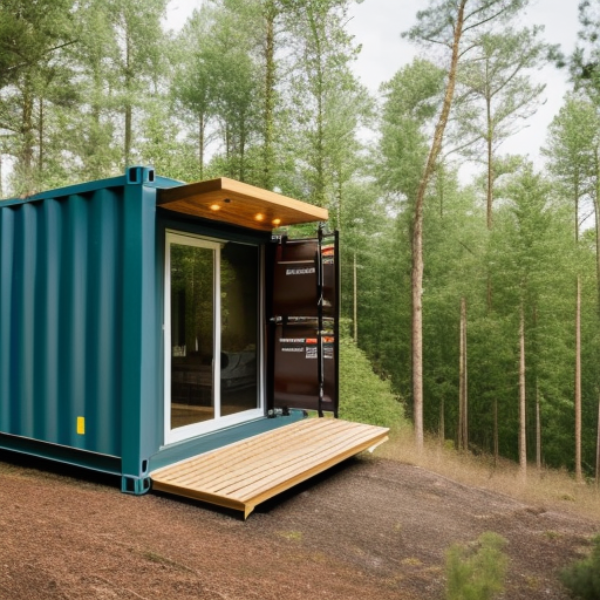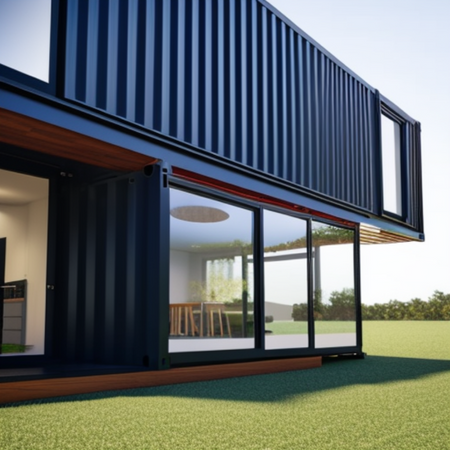
When it comes to living the tiny house good life, shipping container house basics are all you need. From high-end design vibes to cozy cozy cottages, container homes can totally meet your needs with a little creativity.
Whether you’re just getting started or you’ve been living in a shipping container for years, here’s what you need to know about making it work for you.
To kick things off, let’s talk about the container itself—it’s the foundation for your home. It’s important to get one that looks and feels good to make sure it’s comfy and cozy for years to come; look for one with solid steel walls and stable corners that won’t budge when you’re moving furniture around.
Don’t skimp on quality—it’ll pay off in the long run. Size matters too; think about your current lifestyle and make sure it has room enough to expand as your needs change.
Once you have a container picked out, turning it into a livable space is pretty straightforward.
—>> Get your FREE hybrid solar shed plans here
Inside the box usually has metal bracketing that can be used as load bearing supports; reinforce them with steel plates if needed and add insulation inside against heat or cold.
You’ll also need electrical wiring and plumbing depending on how simple or high-tech of a home setup you’re looking for; hire a professional if necessary as electrical systems are complex stuff — not worth taking shortcuts on!
When thinking about design, there are so many ways of making a shipping container look amazing.
To maximize space (and save some cash!), consider clever storage solutions like built-in shelves or collapsible furniture like Murphy beds and folding tables.
Fragrant flowers help bring color and life indoors too—just something to consider!
—>> Get your FREE hybrid solar shed plans here
Then finish off the space with some nice finishes like hardwood floors or paint treatments with cool textures like brick or terrazzo, whichever matches your style best.
Now let’s talk cost–living in a shipping container home isn’t free but there are ways of keeping it within budget without sacrificing quality.
To start with, figure out what planning permits may create additional costs—you don’t want any surprises down the road!
Also be honest about how much DIY know-how (or lack thereof) you have that could help cut costs–there’s no shame in asking friends who may have more experience if they can lend a hand (or tools).
And speaking of time–set aside some extra time in case there are any hiccups along the way; more right now could turn into serious savings later in lost time and construction delays!
Overall, living in a shipping container house may seem daunting at first but is totally possible and enjoyable when done right!



